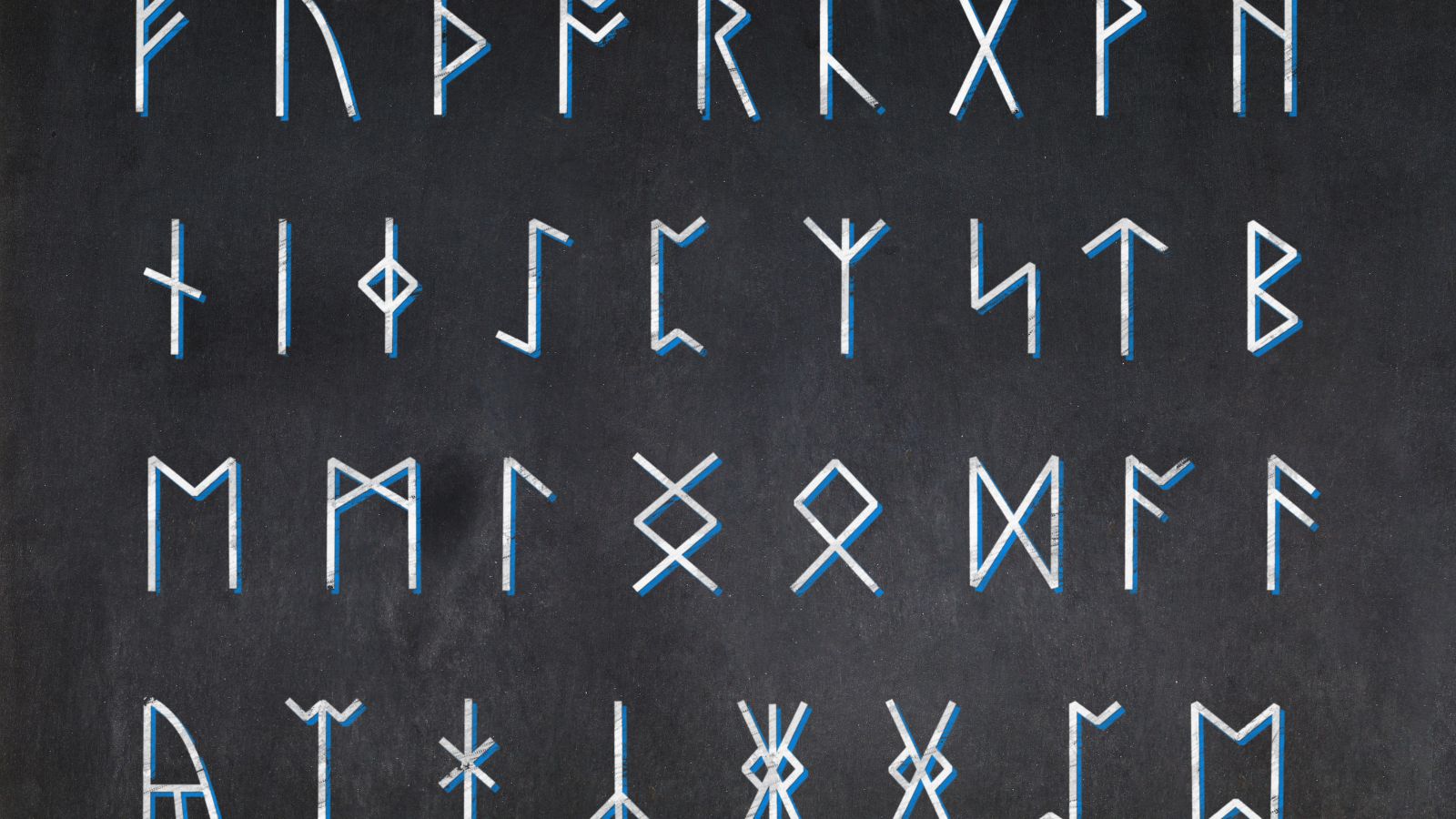
Bitcoin native assets have been changing and improving by leaps and bounds in the last year. The launch of Ordinals in 2023 was a huge event, and the same can already be said for the new Runes protocol, which was just introduced a few days ago.
In this article, we’ll try to explain what Runes protocol is and how it’s used, as well as how it will affect the ecosystem in the months and years to come.
What is it?
Runes is a protocol token standard for issuing Bitcoin tokens. It differs from other protocols that do the same because it provides a more efficient way of creating fungible tokens. Energy efficiency has long been one of the biggest concerns for Bitcoin, and it’s even more so now that there are so many users.
The introduction of the new protocol happened at the same time as the halving, the most important event in the Bitcoin ecosystem. That’s what has brought more attention to the protocol, even among those who are not otherwise interested in such details of the Bitcoin trade.
The Creators
The idea of the protocol came from Bitcoin developer Casey Rodarmor, who proposed the concept in September 2023. Rodarmor is a well-known developer in the world of crypto, and he’s been working on the idea since. He’s also the creator of the Ordinals protocol.
An interesting phenomenon came about once the idea was announced. The developers started creating projects to be based on the new protocol before it was released. It includes Runealpha, PipeBTC, and RSIC, among others. It goes to show how the world of Bitcoin has changed and how much the public is tuned into it.
Why Was the Protocol Made?
Rodarmor runs a blog, and he’s used to explaining his rationale behind the project and the process of creating it. Runes is a simple protocol with a minimal on-chain footprint and responsible UTXO management.
UTXOs (Unspent Transaction Outputs) are individual units of Bitcoin value associated with specific addresses on the blockchain. They represent the funds that have not yet been spent, and that can still be transferred from a blockchain when needed. This is a change from the BRC-20 token standard, which is not based on UTXO.
Transferring a BRC-20 token takes three transactions due to the way inscriptions work. You need two transcriptions to create the inscriptions and one to transfer the resulting inscription to the recipient,” Rodarmor said in an interview.
“The other shortcoming is complexity. BRC-20 is essentially a superset of Ordinals inscriptions, whereby if you’re writing a BRC-20 index, you have to include an Ordinals index and then additionally add the logic for the BRC-20 on top of that.”
Storing the Data
Another improvement from the previous versions comes from the way the data is stored using Runes. The protocols, such as RGB and Taproot Assets, store the data off-chain, while Runes detach the data from the Bitcoin main layer.
There’s an increase in the use of Bitcoin. Traditional financial institutions such as banks and stock markets are now open to it. Bitcoin is also trying to introduce new applications and compete against Ethereum and other cryptos designed for smart contracts. New uses that require more data are already being used in some industries (see more), such as online gambling and sports betting.
What Will Runes Bring to the Bitcoin Ecosystem?
Runes have been active for just a few days, but due to its technical features and how it was introduced to the ecosystem, it’s not too early to talk about the innovation it brings to it.
Such a scheme might draw users from other schemes with worse on-chain footprints and bring developer and user mindshare to Bitcoin, encouraging them to adopt Bitcoin itself, writes Rodamor on his blog.
More Users
Runes will allow the users to introduce new and different types of tokens. This means that it will accommodate the needs of more users and widen the user base. Runes can be used with security tokens, stablecoins, and governance tokens.
Bitcoin has always looked for ways to be associated with different potential use cases, not wanting to have Ethereum become the currency for smart contracts.This is a step in that direction.
More Revenue
As more users interact with the Bitcoin network, they will generate more revenue, even if the individual fees are somewhat lower than they once were. The block reward is decreasing as a result of the halving, and the Bitcoin network needs to adapt to that fact and provide more incentives for the miners.
This is one of the ways to do it. It’s also essential to do so without providing a new burden on everyday users.Features such as safety, speed, and insurance are often invisible to ordinary users (if they work properly), so it’s not always easy to justify more fees.
Providing Insurance for Fungible Tokens
The Runes protocol seeks to create asset insurance directly on the Bitcoin network.Its design is better thought out than the BRC-20 token standard. There’s also a difference in approach when compared to previous versions of the protocol.
The technical details of the new insurance system have been shared with the public throughout the creation process and, with an emphasis on developers.It goes to show that Runes was made at a time when the public widely accepted Bitcoin, and a base of engaged experts followed along.
Future Plans
There are exciting future plans for Runes, as told by its creator, but we don’t yet have any specific dates for when they might become a reality.Rodarmor blog is a good place to check if you’re interested in the more technical side of Bitcoin and crypto in general. His writing is funny and timely, but it does require an educated reader.
Direct Trading
Rodarmor plans to introduce the option of direct trading between users at some point.It should reduce the problem that’s referred to as replacement by fee. It is the process of replacing a previous unconfirmed transaction with another version that includes a higher transaction. The introduction of direct trading may also reduce the need for centralized crypto exchanges.
Bitcoin Improvement Proposal
Rodarmor expects that once the OP_CAT Bitcoin Improvement Proposal (BIP) is approved, it will be possible to bridge Runes tokens to the Layer 2 network. There’s a deadline for this, and Rodarmor places it in about a year from now. There are some security risks involved, but many believe that bridging Bitcoin protocol to other chains increases functionality.
Conclusion
The Runes protocol is a new standard for issuing Bitcoin tokens aimed at enhancing efficiency and reducing energy consumption. Proposed by Bitcoin developer Casey Rodarmor, Runes simplifies token creation and improves UTXO management. Unlike previous standards, Runes detaches data from the Bitcoin main layer, potentially attracting more users. This happens at a time when mainstream users are growing interested in crypto.
Future plans include direct trading between users and bridging tokens to Layer 2 networks. Overall, Runes represents an innovative step toward expanding Bitcoin’s utility and adoption while addressing technical and environmental concerns.


